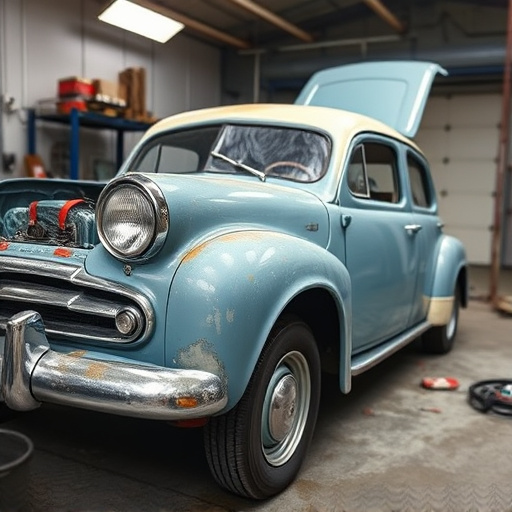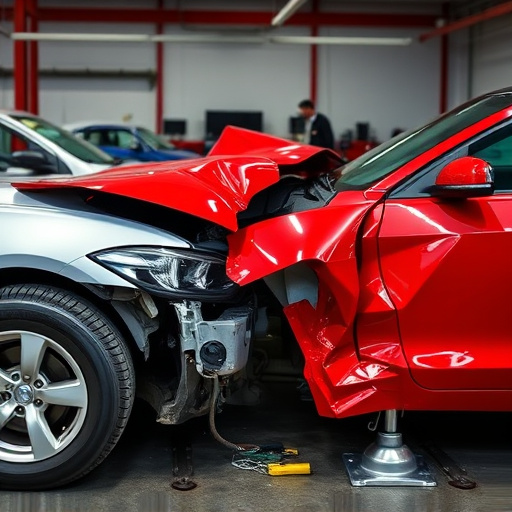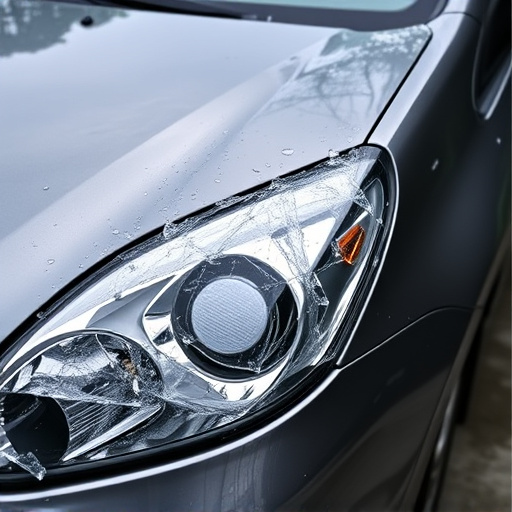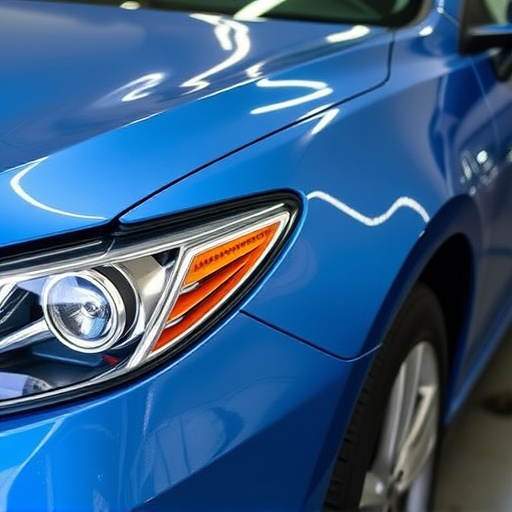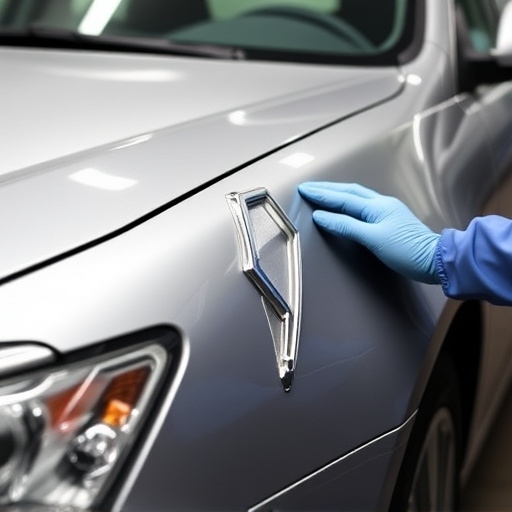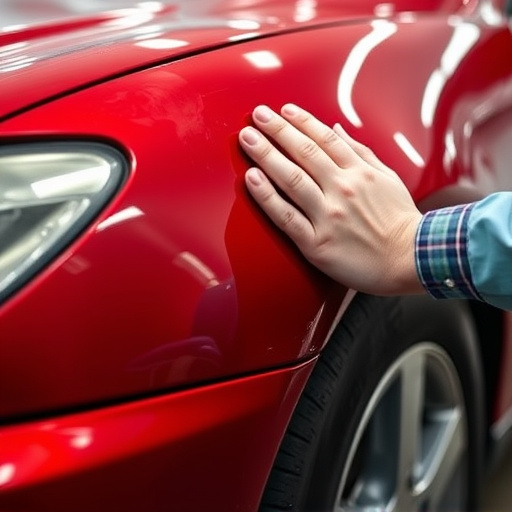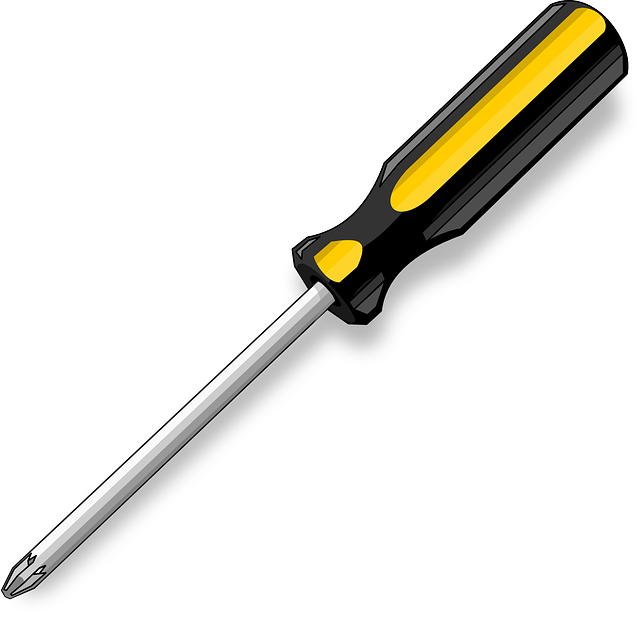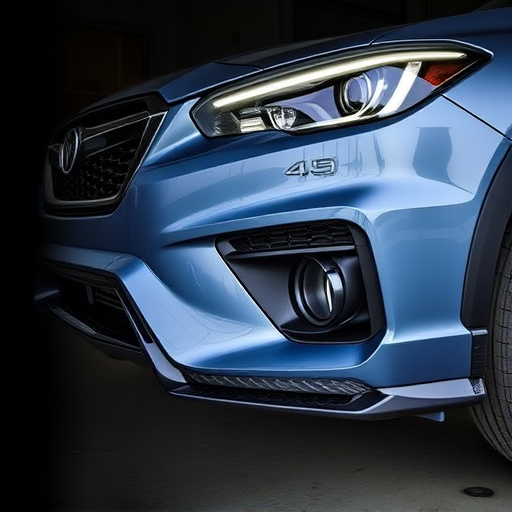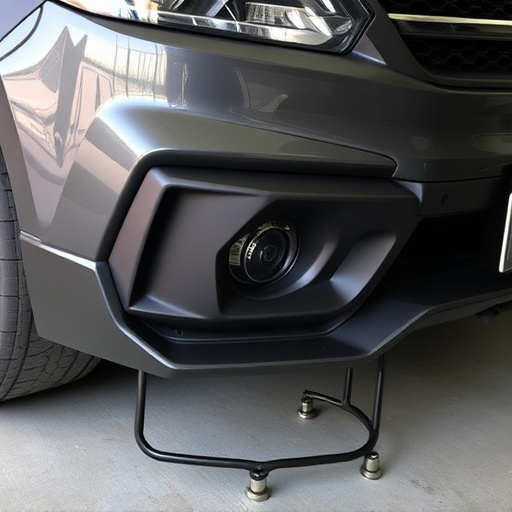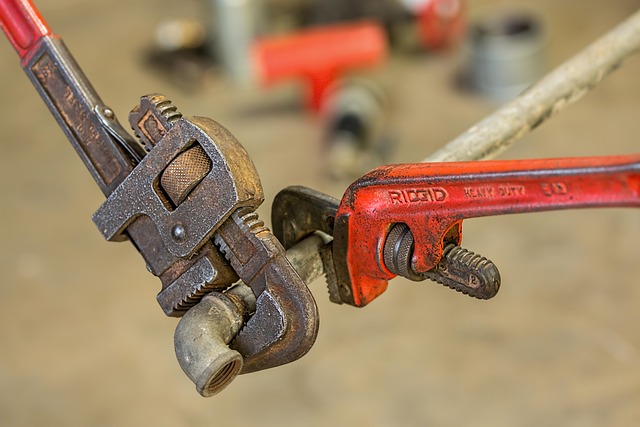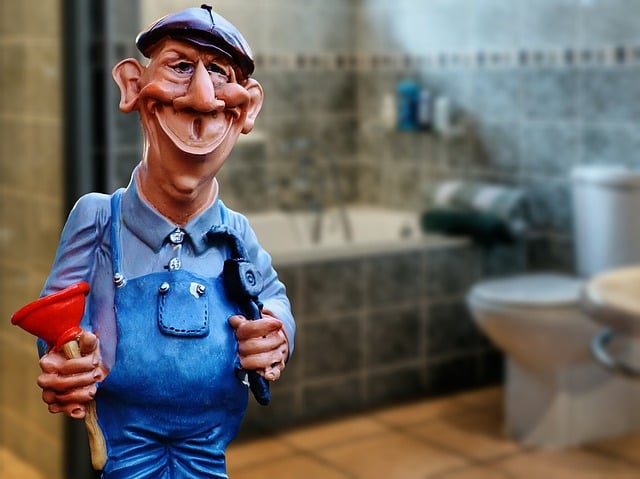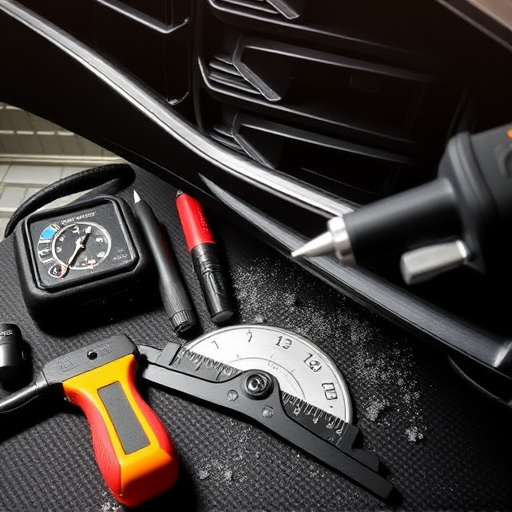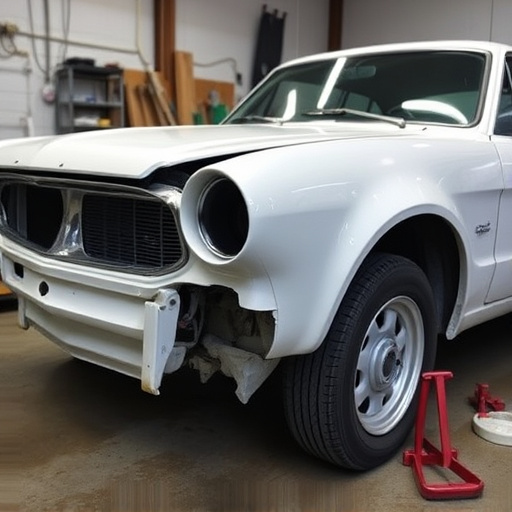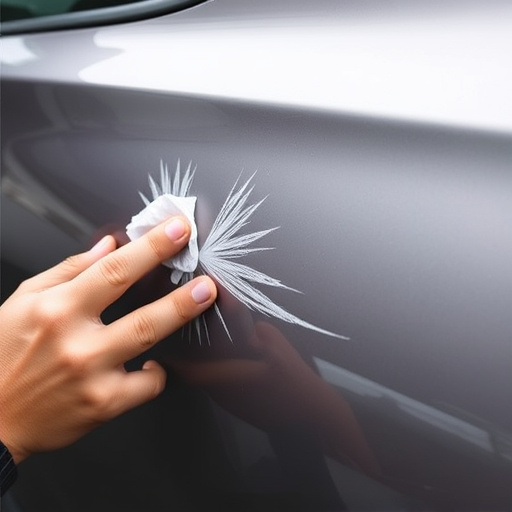Mercedes structural adhesive offers superior strength and durability for vehicle integrity, crucial in body repairs and component reinforcement. Understanding its controlled curing process, influenced by temperature (20-25°C), humidity (40-60%), and ventilation, ensures optimal bonding strength. Ideal indoor settings maximize safety and reliability in both manufacturing and collision repair services.
Mercedes structural adhesives are renowned for their exceptional strength and durability, crucial for automotive manufacturing. However, achieving optimal performance requires a controlled curing environment. This article explores the unique properties of Mercedes structural adhesives and delves into the factors affecting their curing process. By understanding these dynamics, we uncover ideal conditions necessary for controlled curing, ensuring maximum adhesion and longevity in various applications.
- Understanding Mercedes Structural Adhesive Properties
- Factors Affecting Curing Process of Adhesives
- Ideal Conditions for Controlled Curing Environment
Understanding Mercedes Structural Adhesive Properties
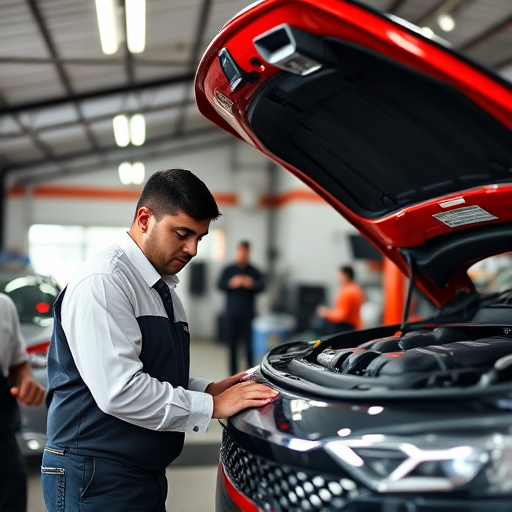
Mercedes structural adhesive is renowned for its exceptional strength and durability, qualities essential for maintaining vehicle integrity. This specialized adhesive plays a critical role in various automotive applications, from repairing car bodies at trusted auto collision centers to reinforcing structural components in vehicle body shops. Its unique properties allow it to bond firmly with diverse materials commonly found in modern cars, ensuring long-lasting performance under varying conditions.
Understanding the curing process is key to unlocking the full potential of Mercedes structural adhesive. Unlike conventional adhesives, this product demands a carefully controlled environment for optimal results. The curing stage involves chemical reactions that strengthen the bond between surfaces, and factors like temperature, humidity, and air circulation significantly influence this transformation. By adhering to specific curing guidelines provided by manufacturers, car body shops and vehicle body shops can guarantee the adhesive’s effectiveness, ensuring the safety and reliability of restored vehicles.
Factors Affecting Curing Process of Adhesives
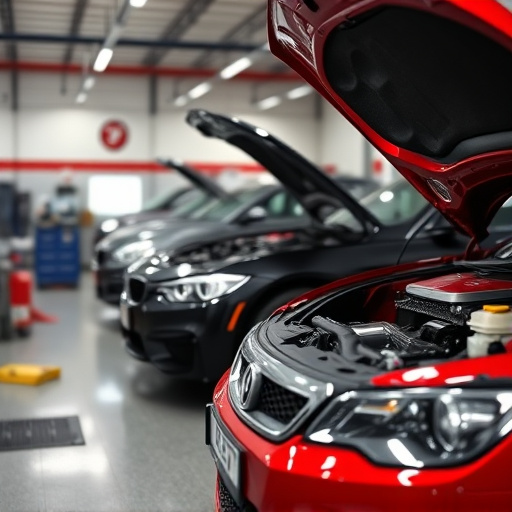
The curing process of Mercedes structural adhesives is a delicate balance influenced by several factors, all working together to ensure optimal bonding strength. Temperature plays a significant role; most adhesives have specific temperature ranges for effective curing, with too much heat or cold potentially impacting the final adhesion. Humidity is another critical variable; moisture in the air can interfere with curing, making controlled indoor environments ideal for automotive restoration and vehicle restoration projects involving these adhesives.
Light exposure is also key, as UV rays can initiate premature curing, affecting the adhesive’s properties. In car collision repair scenarios, where precise repairs are crucial, understanding these factors becomes essential. Controlling temperature, humidity, and light ensures that Mercedes structural adhesives cure evenly, providing strong, reliable bonds necessary for safety and durability in both original equipment manufacturing and subsequent vehicle restoration processes.
Ideal Conditions for Controlled Curing Environment

For optimal results with Mercedes structural adhesives, a controlled curing environment is paramount. The ideal conditions involve a temperature range between 20-25°C (68-77°F) and relative humidity maintained between 40-60%. This specific climate ensures the adhesive reaches its full strength without premature setting or degradation. Proper ventilation is also crucial to eliminate any trapped gases, which could compromise the integrity of the bond.
These ideal conditions are especially important for auto repair services, as they guarantee that the Mercedes structural adhesive performs optimally during application and sets correctly over time. Whether you’re seeking car bodywork services near me or specialized repairs, maintaining a controlled curing environment enhances long-term durability and ensures your vehicle receives top-tier treatment.
Mercedes structural adhesives demand a precise, controlled curing environment to achieve optimal performance. By understanding the factors influencing the curing process and maintaining ideal conditions, such as temperature, humidity, and ventilation, users can ensure the strength and durability of bonded structures. This meticulous approach is essential for automotive applications requiring precision and reliability, underscoring the significance of a well-managed curing environment for Mercedes structural adhesives.
